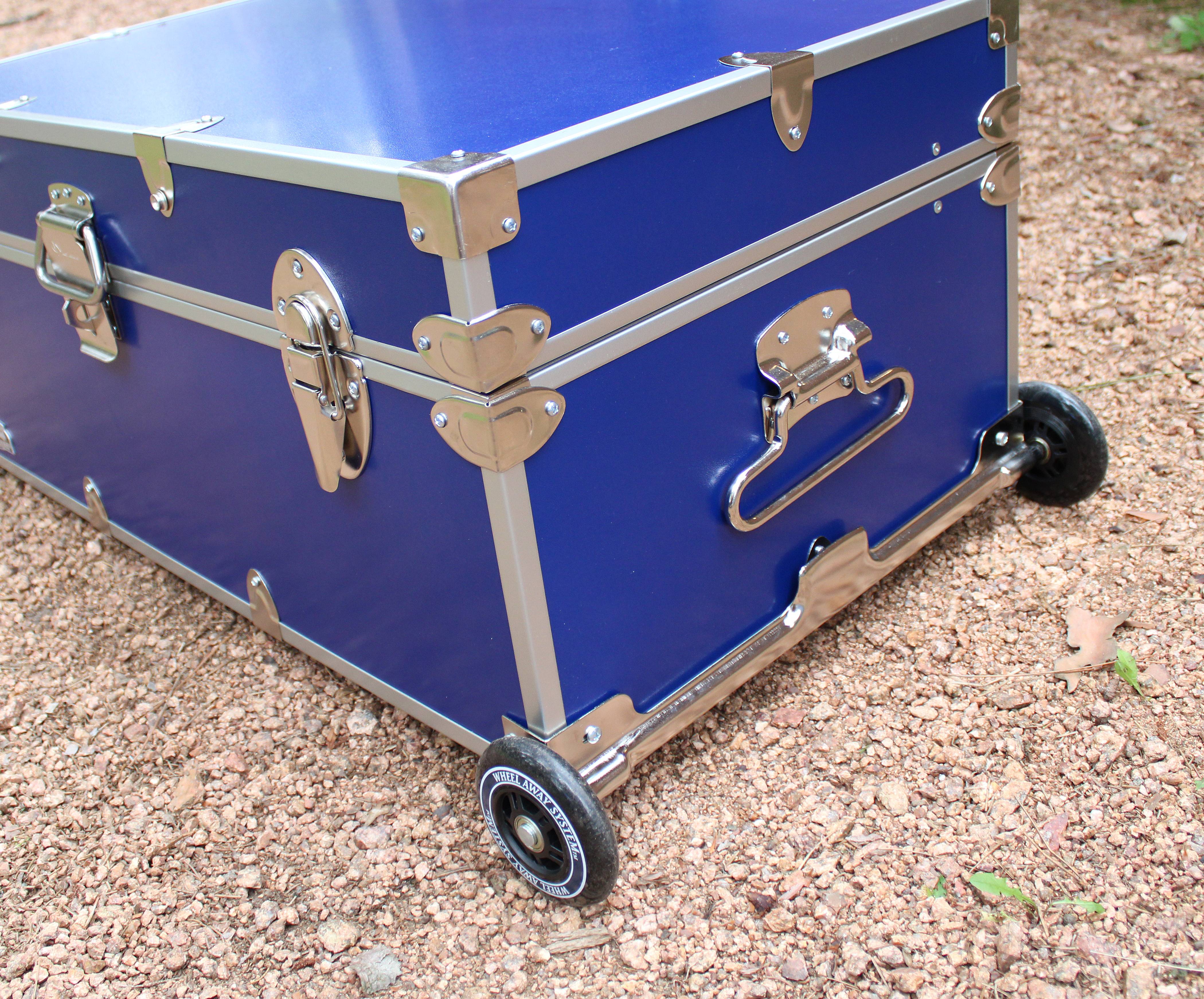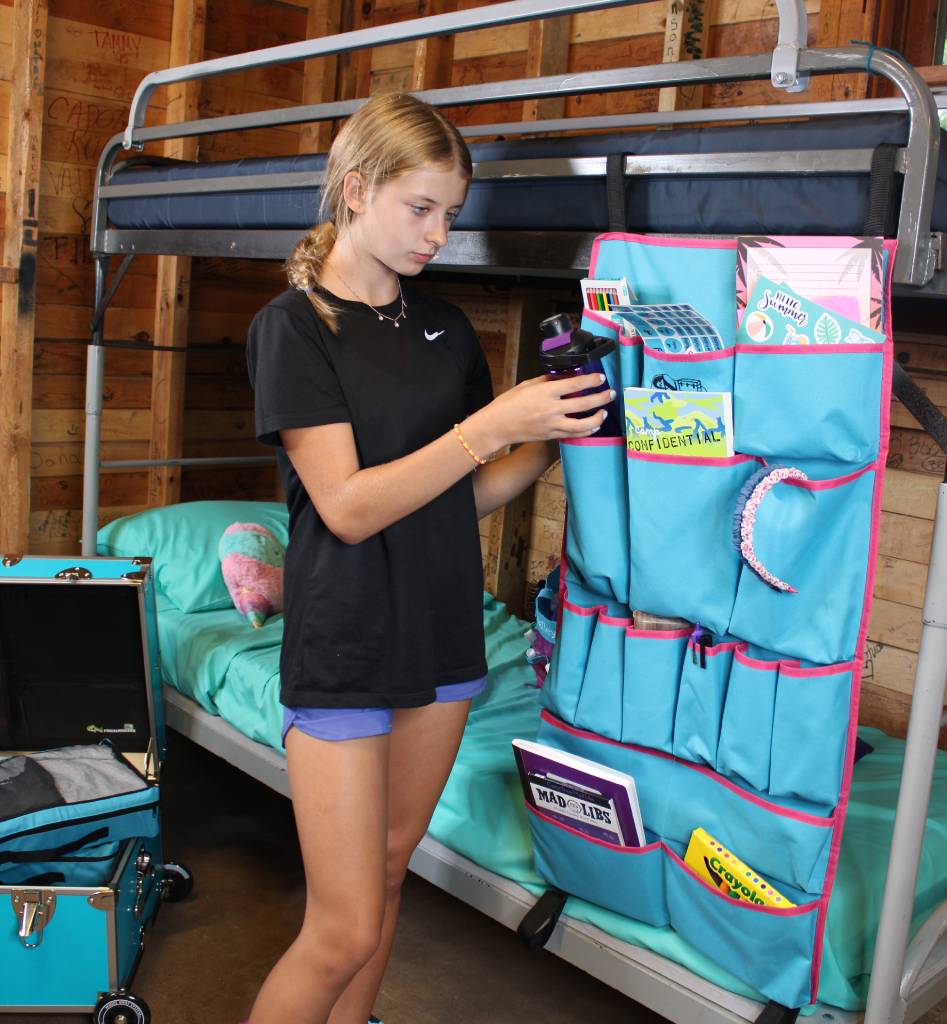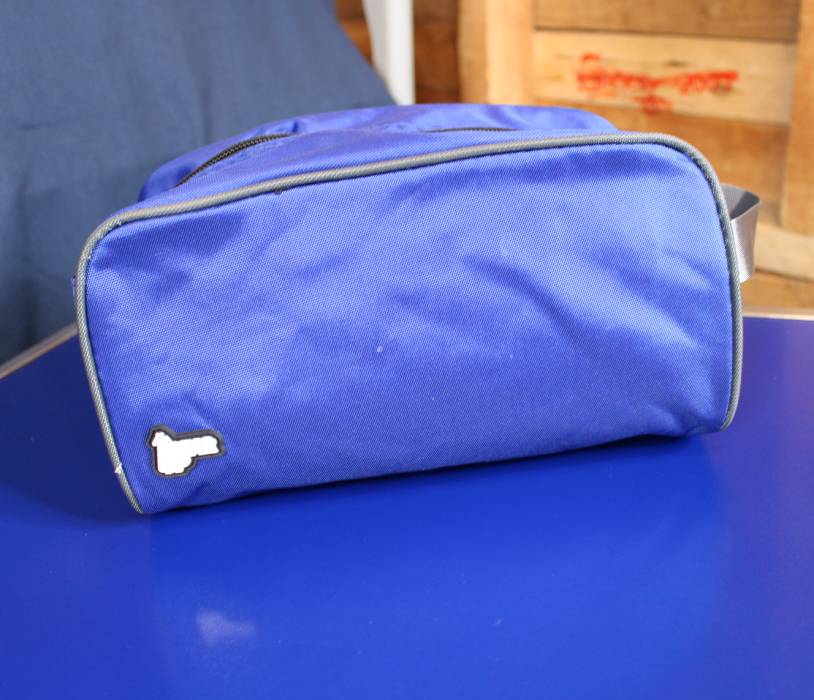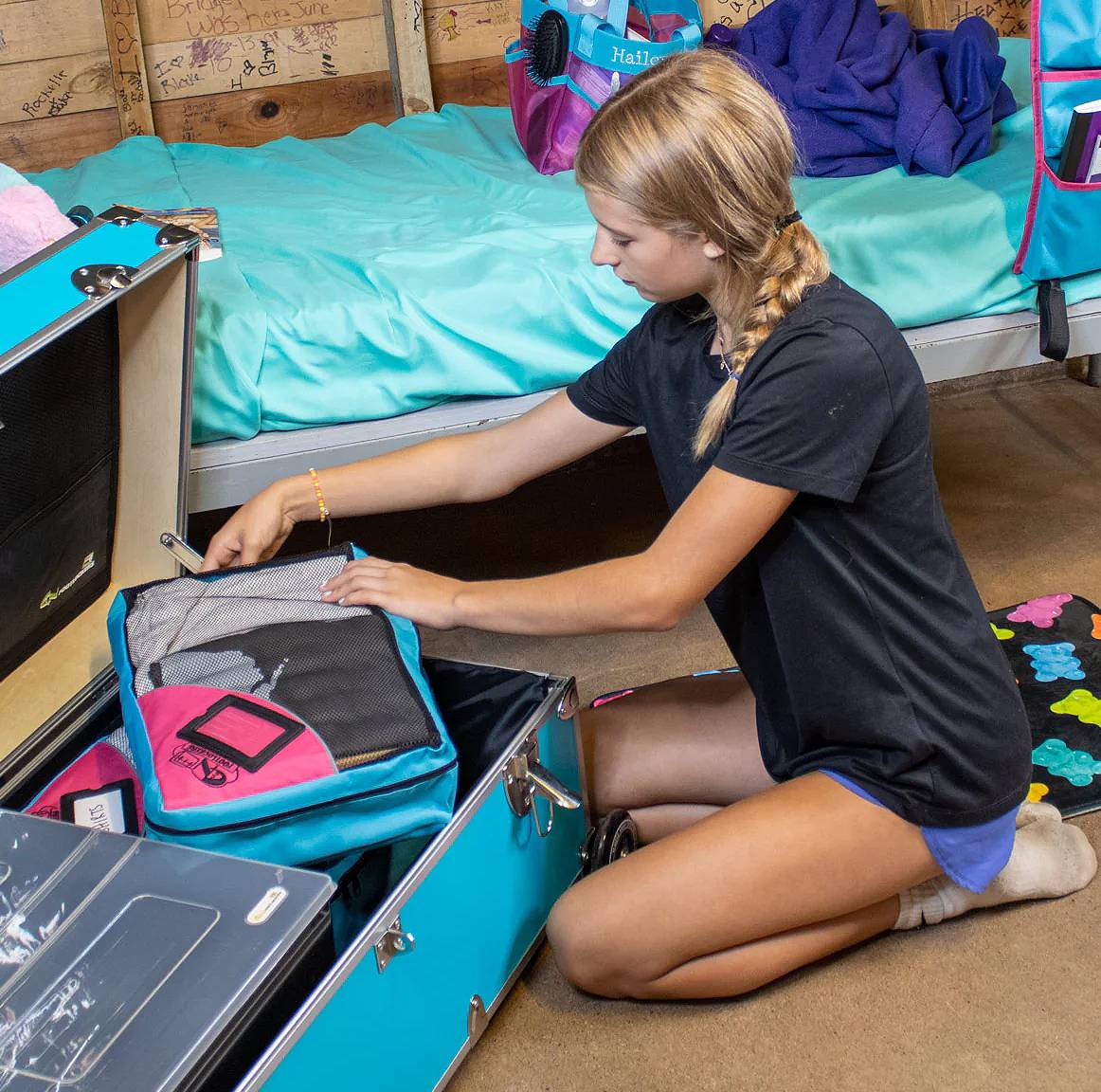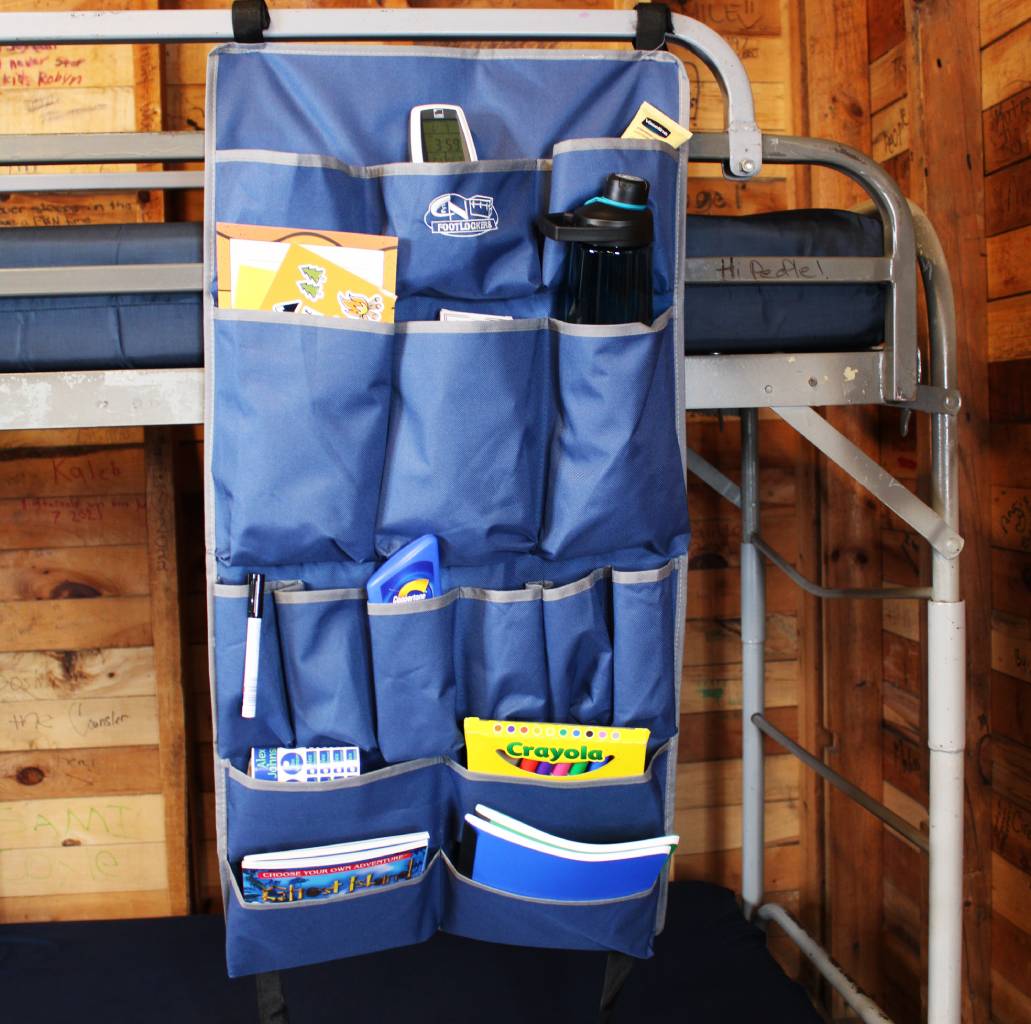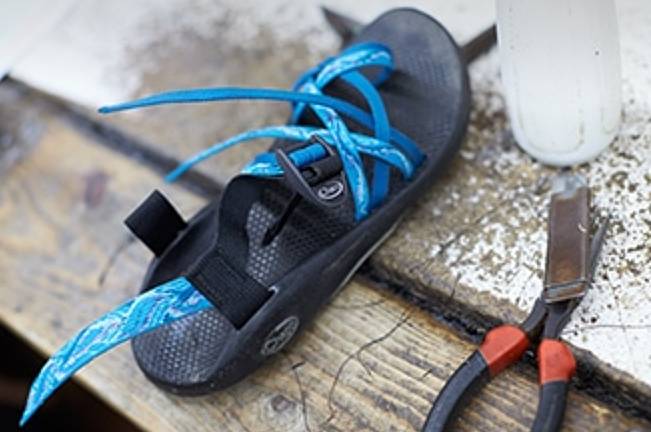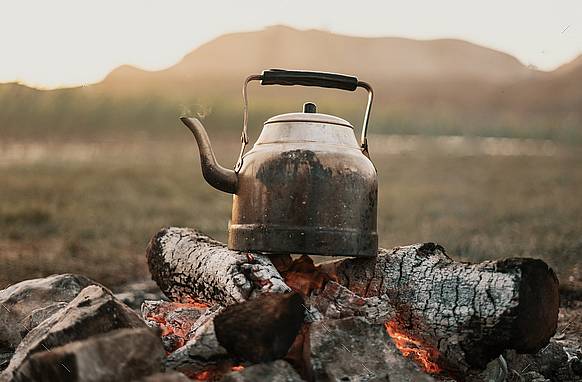Hey, Camp Folks!
As trunkmakers, here at Everything Summer Camp, we have incredible respect for the craft of woodworking—steeped in tradition all throughout history. Our trunks speak for themselves when it comes to their integrity, but tricks of the trade have helped us create such indestructible footlockers. How about the folks who came up with the tricks? There have been a select few who have truly left their mark on the industry. Today, let's take a peek at some of the most influential figures who have shaped woodworking as we know it:

Thomas Chippendale
Born in 1718 in London, England, Thomas elevated woodworking from a mere craft to an art form. His designs, featured in his book ‘The Gentleman and Cabinet-Maker's Director,’ continue to inspire woodworkers to this day.
William Sheraton
Born in 1751 in England, William believed in making fine furniture accessible to all. His designs, showcased in ‘The Cabinet Dictionary,’ focused on affordability without compromising quality.
Gustav Stickley
A champion of the Arts and Crafts movement, Gustav, born in 1858 in Minnesota, simplified furniture design by emphasizing natural materials and functionality over ornamentation.
George Nakashima
Japanese-American woodworker George, born in 1905 in Pennsylvania, viewed woodworking as an art form. His furniture designs, influenced by his upbringing in Japan, are celebrated for their craftsmanship and beauty.
Sam Maloof
Sam, born in 1916 in California, was known for his innovative furniture designs using local materials. His pieces, often crafted with individual wood strands, showcased his dedication to craftsmanship and creativity.

Wendell Castle
Born in 1932 in Kansas, Wendell pushed the boundaries of woodworking with his incorporation of paper mache into his designs. His work, delicate yet striking, continues to inspire artists and craftsmen worldwide.
James Krenov
James, born in 1927 in California, dedicated his life to creating beautiful pieces of art through woodworking. His teachings and writings have inspired countless woodworkers to pursue their craft with passion and dedication.
Charles Rennie Mackintosh
Scottish architect and designer Charles Rennie Mackintosh, born in 1868 in Glasgow, drew inspiration from nature to create modernist designs that left a lasting impact on architecture and the arts.
Bunzo Mikuni
Dubbed ‘the George Nakashima of Japan,’ Bunzo, born in 1915 in Tokyo, elevated woodworking through his furniture designs and craftsmanship. His legacy continues to influence woodworkers the world over.
In conclusion, the contributions of these influential woodworkers have shaped the craft of woodworking and left an indelible mark on its history. From their innovative designs to their dedication to craftsmanship, their legacies continue to inspire generations of woodworkers to come. Thanks for reading, Wood Fans! And, as always, Happy Camping!
- John




